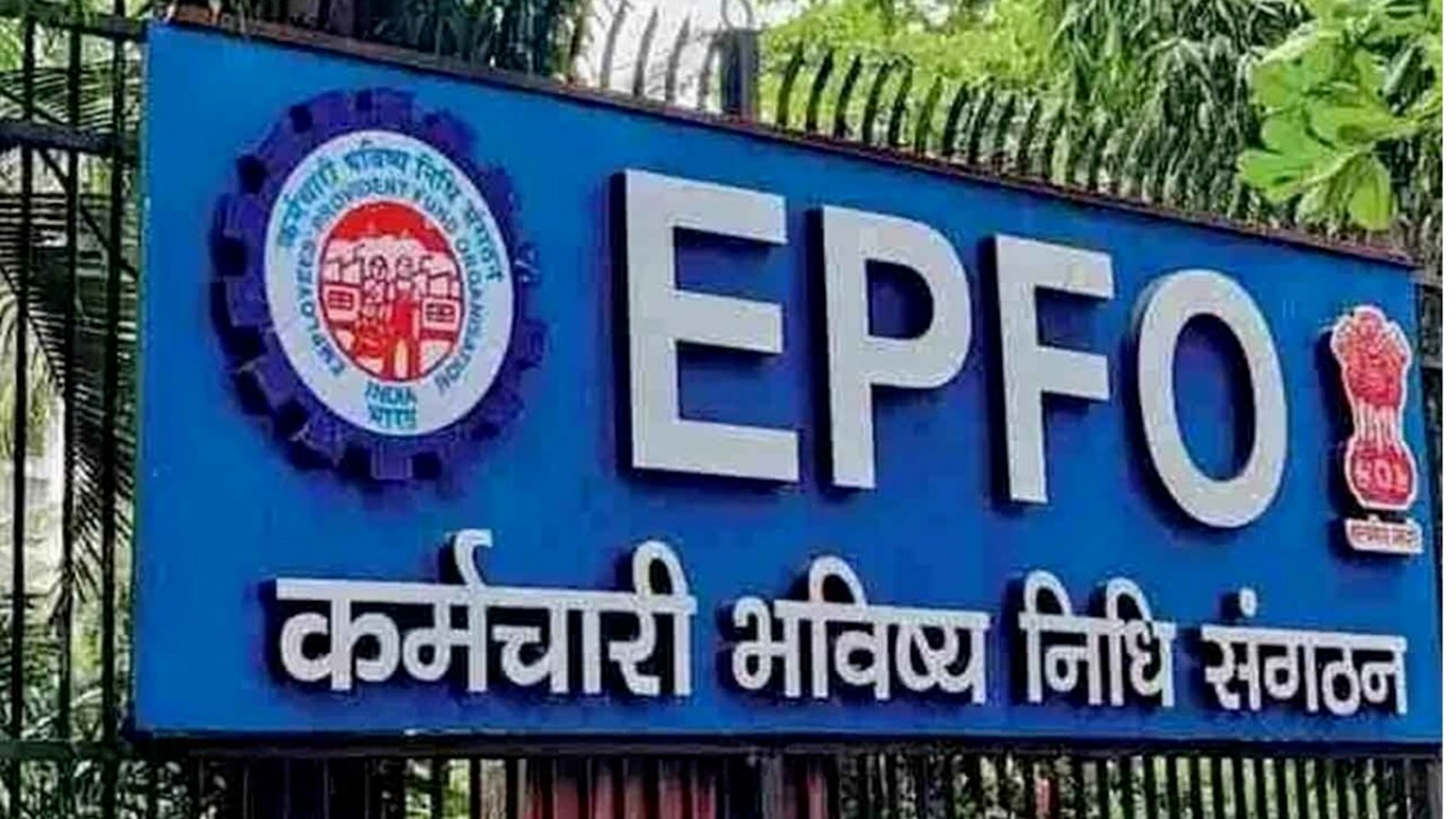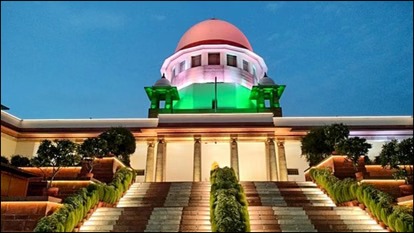K.C. Mitter, J.@mdashThe Plaintiff instituted a suit against three Defendants in the Union Court at Ulpur, in the year 1932. The suit was decreed ex parte against (sic) the Defendants sometime in December, 1932. Thereafter, the Plaintiff took out processes for enforcement of the decision of the Union Court; and within thirty days of the execution of the said processes, Defendant No. 2 made an application to the Union Court to set aside the ex parte decree under the provisions of sec. 82 of the Bengal'' Village Self-Government Act. That section does not require that a person applying to set aside an ex parte decree, should put in either the decretal amount, or furnish security for the same. The procedure followed by the Union Court in disposing of this application was monstrous, as has been remarked by the learned District Judge who was moved later on. Without hearing the Petitioner and allowing him any opportunity to substantiate his case that no summons had been served on him, the Union Court came to the conclusion that summons had been served, and refused to vacate the ex parte decree. The learned District Judge has hinted that this abnormal procedure was followed against the rules of natural justice, in this particular case, because the Plaintiff happened to be the wife of one of the members of the Union Court. Thereafter, Defendant No. 2 moved the District Judge.
2. The District Judge under the provisions of sec. 88 of the Bengal Village Self-Government Act set aside the order by which the application under sec. 82 had been refused, and transferred the case, that is to say, the application, under sec. 82, and the suit itself to the Court of the Munsif at Gopalganj having jurisdiction to try the case.
3. Before I deal with the points raised here, it is necessary to mention two dates. The application under sec. 82 was made before the Union Court in February, 1933, and the final order of the District Judge, under the provisions of sec. 88, was passed on the 5th September, 1934.
4. The first Munsif, Gapalganj, to whom the case was transferred, has the powers of a Small Causes Court Judge to try suits of the value of the present suit. By an order dated the 13th May, 1935, he allowed the said'' application, and set aside the entire ex parte decree, and thereafter he directed the suit to be registered as a Small Causes Court suit.
5. Two points have been taken by the Petitioner who has moved against the last-mentioned order. It is said that inasmuch as the Munsif had powers under the Small Causes Court Act, it must be taken that he has disposed of the application under the procedure of the Provincial Small Causes Court Act. The implication of this argument is that before the learned Munsif could set aside the ex parte decision of the Union Court, the deposit of the decretal amount contemplated by sec. 17 of the Provincial Small Causes Court Act ought to have been made, or at least security ought to have been demanded and furnished. I do not see how this contention can be raised. The application to set aside the ex parte decree was made under sec. 82 of the Bengal Village Self-Government Act. It was a good application at the time when it was made, as the said section does not re-quire a deposit of the decretal amount or any security by the applicant. It remained a good application till September, 1934 when it was transferred by the District Judge to the Court of the Munsif at Gopalganj. How could it be said that the application being received on transfer by the Munsif, became automatically a bad application absolutely not maintainable under the law, because there was no deposit required under the provisions of sec. 17 of the Provincial Small Causes Court Act--Sec. 17, in my judgment, contemplates a case when an application is made to set aside a decree passed by a Judge of a Small Causes Court. It has no application to the case which I have before me, namely, where the ex parte decree was passed by a Union Court and not by a Court of Small Causes. In these circumstances, I do not think that sec. 17 has any application to the present case. I must accordingly overrule the first and the only substantial question raised by the Petitioner''s Advocate.
6. Another point has been raised, namely that inasmuch as the application was made by Defendant No. 2, the lower Court was not right in setting aside the decree in its entirety. There cannot be any doubt that a Court has power, on the application of one of the Defendants, to set aside an ex parte decree in its entirety. Having regard to the fact that an ex parte decree had been obtained from a Court which did not inspire the confidence of the Defendants, as the learned District Judge has remarked, I do not see why I should set aside the order against which this Rule has been directed, because the only effect of setting aside that order, either in part or in whole, would be to maintain the ex parte decree of the Union Court either wholly or in part, a decree which has been rightly stamped as a decree obtained under questionable means by the learned District Judge. The result is that this Rule is discharged. The opposite appearing party will have his costs, hearing-fee, one gold mohur. This cost is irrespective of the result of the suit.

